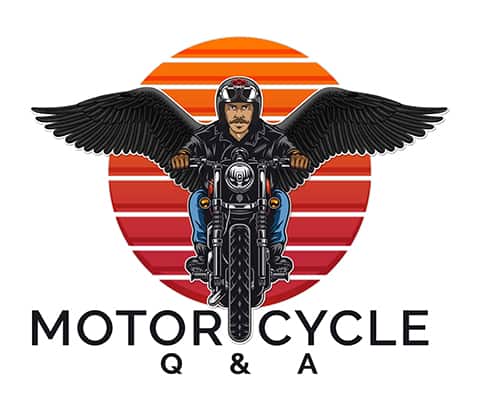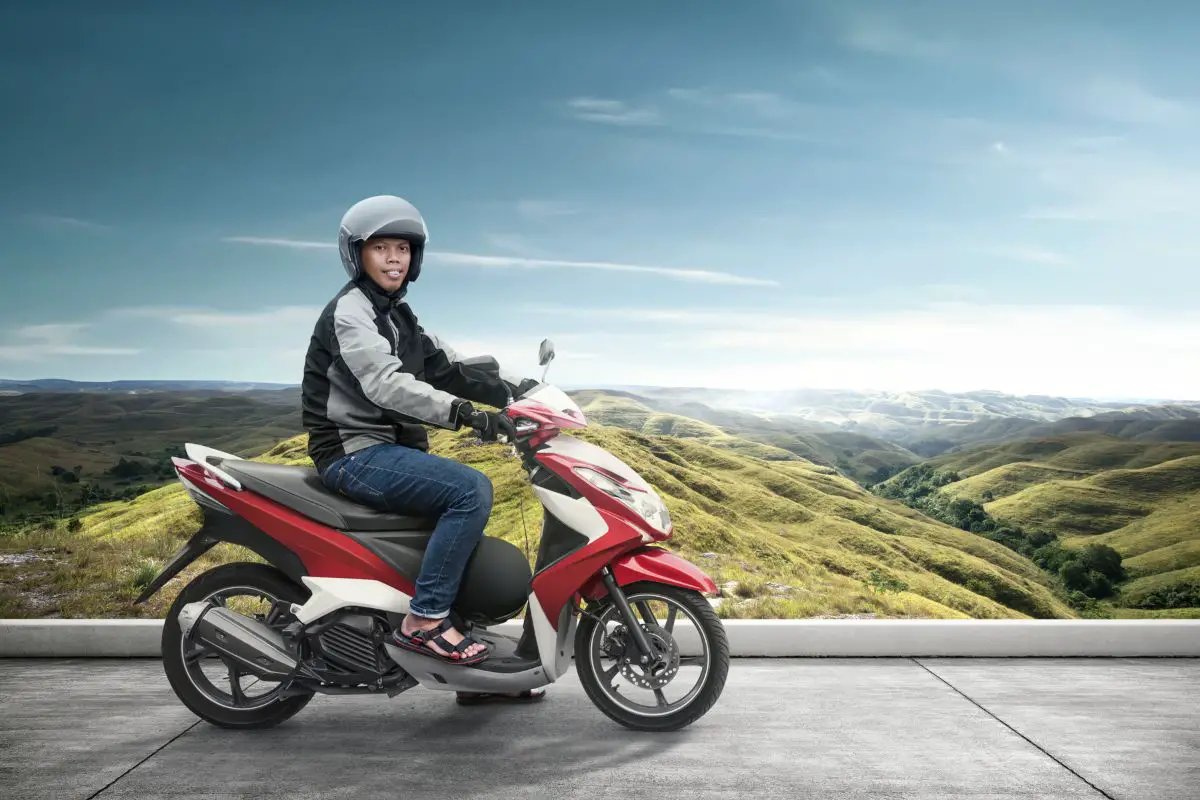I own both a manual and automatic DCT motorcycle. Through my experience of riding both, I’m going to point out the pros and cons each particular motorcycle has to offer.
Selecting the right motorcycle can be a difficult decision for a rider. There are many different models and brands of motorcycles with varying benefits. One of the first and most crucial aspects of choosing a bike is deciding whether it will be a manual motorcycle or an automatic motorcycle.
So, which is better? Manual or Automatic Motorcycle?
Here’s my answer:
Manual motorcycles involve the rider changing gears using a clutch lever and gear shift lever usually found below the rider’s left foot. These motorcycles are more challenging for a beginner to learn how to operate. Automatic motorcycles change gears without the rider’s involvement making it easier for a new rider to learn and pass a motorcycle test.
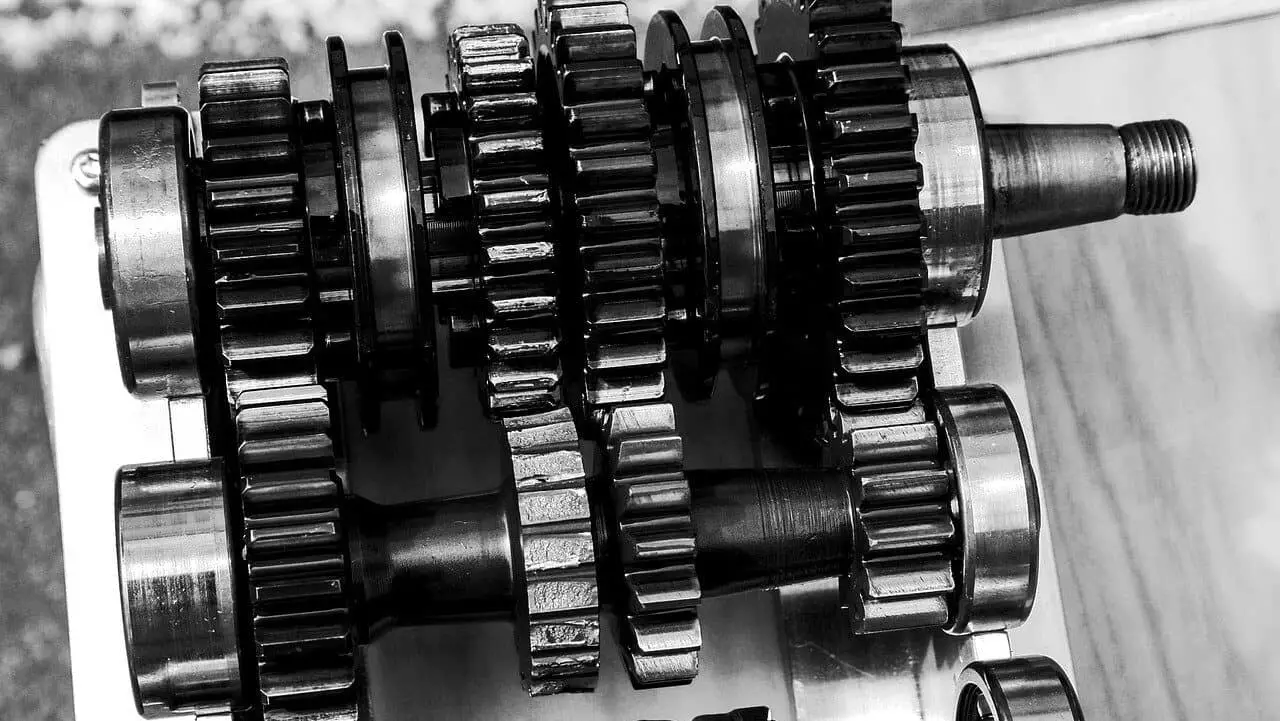
Manual motorcycles and automatic motorcycles come with their own set of benefits. These motorcycles also come with aspects that may be viewed as unfavorable depending on the rider’s needs and preferences.
Understanding these important differences between a manual and automatic motorcycle will help the buyer make the correct choice.
What Is A Manual Motorcycle?
Manual motorcycles have a gear selector pedal, mostly located on the motorcycle’s left side in front of the footrest, and a clutch lever is located on the left handlebar. Gears are changed manually by the rider depending on the speed and acceleration of the bike.
The low gears are for lower speeds and used for quick acceleration when required, and the higher gears are for higher, faster speeds. Gears are what match the power of the motorcycle with the rate at which it is traveling.
The rider must pull in the clutch lever before a gear can be selected. When the rider pulls the clutch lever, it disengages the transmission, allowing the rider to choose a gear. Once the gear is selected, the rider can release the clutch lever engaging the transmission once again, giving the bike the power it needs to move forwards.
The gear changes must be carried out simultaneously by the rider when the throttle on the handlebar’s right-hand side is released to allow the engine’s revs to decrease. Once the rider has selected the gear they require, the rider then increases the motorcycle’s revs by twisting the throttle back towards them.
For a beginner motorcyclist, the action of changing the gears of the bike and controlling the throttle at the same time can take a while to get comfortable with.
The gear-changing aspect of motorcycle riding is much easier to learn on an automatic motorcycle because the rider has no involvement in the gear-changing aspect of these motorcycles.
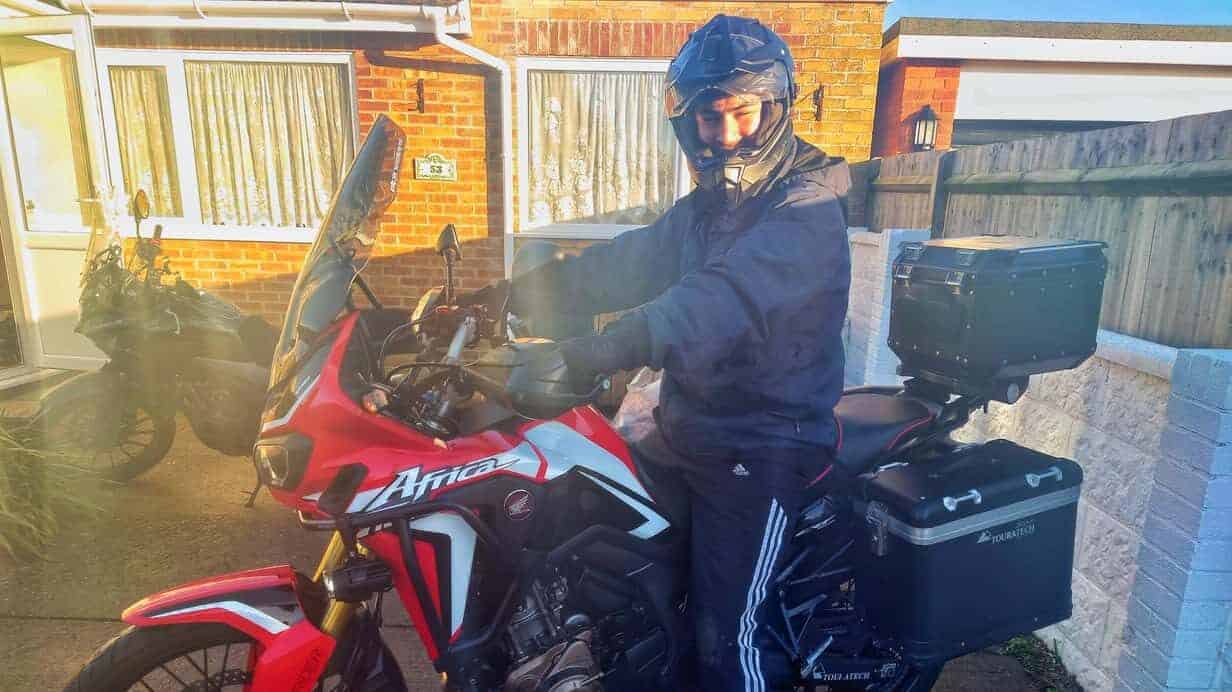
What Is An Automatic Motorcycle?
Automatic motorcycles have built-in automatic gear-changing systems that change gears without any assistance from the rider. Today, most automatic bikes have two clutch systems to enhance the smoothness and ease of the gear changes when riding.
This system is called a Dual Clutch System. All of the gear changes are made by a built-in computer. These computer systems control the clutch and gear changes based on the needs of the bike’s engine.
What Is A Semi-Automatic Motorcycle?
Semi-automatic motorcycles have the same Dual Clutch System built-in; however, instead of a computer operating the system, the rider can control the gear changes also. These bikes provide the act of a manual gear change without the need for manual clutch operation.

The Pros Of A Manual Motorcycle
- Acceleration: Manual motorcycles have better acceleration than automatic motorcycles. The weight of the gearbox is less, and it has more gear ratio and speed options. There is also no torque converter. This helps with acceleration because torque converters typically decrease the overall torque dramatically. However, technology has been evolving rapidly, and because the automatic gear pattern is now 1-3-5 and 2-4-6, the automatic bike is already in the next gear. Hence, there is no time lost moving through neutral to get to the next gear making automatics quicker than they used to be.
- Reliability: Manual motorcycles have a better reputation because they require fewer parts as the gearboxes are a simple design.
- Fuel Economy: When the rider has a clear understanding of gear changes and knows how to control the engine using the revs correctly, manual motorcycles have a lower fuel consumption than an automatic motorcycle. However, with less experienced riders, the automatic bike may be more efficient.
- Marketplace Choice: Manual motorcycles are more popular. There are a wider variety of brands and specific models of manual bikes compared to automatic ones.
- Fun: Manual Motorcycles Are More Fun. Manual bikes give the rider more control and the ability to reach higher speeds quickly. The better control of the bike that a manual transmission provides can bring a greater sense of satisfaction and thrill to the rider.
- Price: Manual motorcycles will always be less expensive than automatics because there are fewer technological parts.
The Cons Of A Manual Motorcycle
- Traffic Condition. Driving a manual motorcycle in traffic can be tiring and challenging due to the need always to be pulling the clutch lever and changing gears frequently. An automatic motorcycle provides a more relaxing ride within cities and busy towns as there is no need for constant gear shifting. The bike carries out all the hard work for you.
- Harder to Learn. Manual motorcycles will take a longer time to learn how to drive them safely and skilfully. This is because of the manual gear changing system and clutch control required by the rider.
- Higher Chance of Stalling. Manual motorcycles have a higher chance of stalling due to the rider’s need to be engaged in the gear changes using the clutch and the gear selector pedal together.
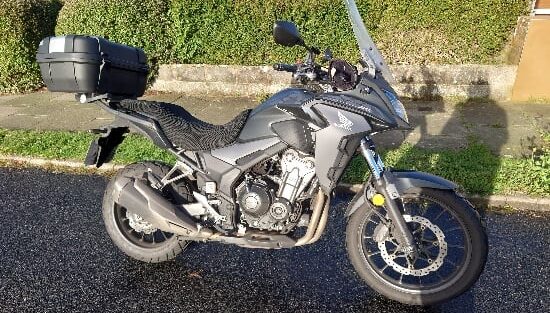
The Pros Of An Automatic Motorcycle
- Easier to Learn. The automatic gear changes make automatic motorcycles much more comfortable to learn. Acquiring a license to ride an automatic motorcycle is more straightforward than obtaining a manual motorcycle license.
- Focus on the Road. Automatic motorcycles allow the rider to entirely focus on the road and the surroundings without thinking about changing gears.
- Automatic Motorcycles do not stall. The automated gear changing system controlled by the built-in computer makes it impossible for an automatic bike to stall.
- Traffic Condition. The fact that automatic motorcycles cannot stall makes them great bikes for commuting in traffic. They are easier to drive and alleviate the extra effort of changing gears frequently.
- Stop Faster. Automatic motorcycles are said to stop faster than manual motorcycles because of their automatic downshift in gears.
The Cons Of An Automatic Motorcycle
- More Expensive. Automatic motorcycles require many more parts, and many changes and modifications are made to the models and the brands as new technologies arrive. Automatic motorcycles are more expensive than manual bikes.
- Automatic Motorcycles are heavier. The extra parts and systems built into the bike make it significantly heavier than a manual bike. This can make it difficult to maneuver and more dangerous if the bike falls on the rider.
- Higher Maintenance Expenses. Servicing the bike will be more expensive due to the extra parts and complicated computer and gear systems built into the bike.
- Fuel Consumption. Automatic motorcycles have a higher fuel consumption rate making them less economical.
- Fun: Unlike a manual motorcycle, an automatic still takes away the connection between the biker and machine, making for a somewhat more bearing ride.
Automatic Or Manual? Which Motorcycle Is Safer?
Any rider’s safety is first based on their riding habits and the locations and routes traveled. The heavier weight of automatic motorcycles can be dangerous in an accident or if the bike falls onto the rider.
With manual motorcycles, most errors are because of the rider, whereas automatic motorcycles can produce more technical problems that may put the rider at risk.
Most automatic motorcycles have built-in safety measures to prevent technical problems while driving; however, it is impossible to guarantee no errors.
The heavier weight of automatic motorcycles can affect handling, acceleration, braking, and top speed. These are all aspects that can potentially cause safety issues or malfunctions, but most modern automatic motorcycles have put measures to prevent any errors as best as possible.
Apart from the fact that automatic motorcycles are heavier, there is really no difference in the safety aspect of either a manual or automatic motorcycle.
Do Manual Motorcycles Last Longer Than Automatic Motorcycles?
- Transmission: Overall, statistics show that manual transmission boxes should last longer than automatic transmission boxes.
- Maintenance: Automatic motorcycles require more regular maintenance and services because of the modern technology used to control the clutch and gears automatically.
- Cost: Manual gearboxes and clutch levers are cheaper to service and should last longer depending on how the bike operates
- Wear and Tear: High revs with inadequate clutch control can wear out the clutch and require new parts more frequently. It is also not complicated for a rider to learn how to replace a manual motorcycle clutch. In contrast, an automatic motorcycle is much more complicated and generally requires professional assistance.
- Servicing: The service costs for automatic motorcycles will be more expensive and more frequent. Manual motorcycles are known to go for more extended periods without a service or repairs.
- Reliability: With modern technology improving, it will not be long before automatic motorcycles last just as long as manual motorcycles; however, manual motorcycles are still preferred overall when considering reliability.
How Do Semi-Automatic Motorcycles Work?
Semi-automatic motorcycles do not include a clutch lever on the handlebar. The gear changes are made automatically without the need to use the clutch. If the rider wishes to change gear at any point, they can select the gear they require using a switch on the handlebar. The built-in semi-automatic gear system will then automatically engage the clutch and change the gear.
These motorcycles require less skill to control and operate than a manual bike, and the engine will not stall when stationary whilst still in gear.
Semi-automatic motorcycles can be a great solution that gives the rider more control than an automatic motorcycle while still providing a more comfortable ride with less effort than a manual motorcycle.
Here Is A Quick Overview:
Pros of a manual motorcycle:
- Quicker acceleration
- More reliable
- Better fuel economy
- Greater marketplace choice
- More fun to ride
- Less expensive
Cons of a manual motorcycle:
- Harder Riding In Traffic
- Harder to learn
- Higher chance of stalling
Pros of an automatic motorcycle:
- Easy to learn
- Focus on the road
- Do not stall
- Easy to ride in traffic
- Stop faster
Cons of an automatic motorcycle:
- More expensive to purchase
- Heavier
- Higher maintenance costs
- Higher fuel consumption
- Less fun to ride
Conclusion
Manual motorcycles and automatic motorcycles both come with pros and cons and can both be enjoyable bikes when suited to the rider.
Riding experience, the type of riding, and the rider’s preferences and desires are all important factors when selecting between a manual and automatic motorcycle.
Automatic motorcycles control gear changes and are easier bikes to learn on and pass a motorcycle test.
While it is good to assess and evaluate both manual and automatic bikes’ pros and cons, it is impossible to describe either of these types of motorcycles as the perfect bike.
Every rider will find benefits and challenges to each motorcycle type depending on the person, so it is best to try both manual and automatic motorcycles personally before deciding!
I have owned all three types of motorcycle manual, automatic and semi-automatic, and personally, the manual transmission bike is always going to be my first choice.
Happy Riding!
